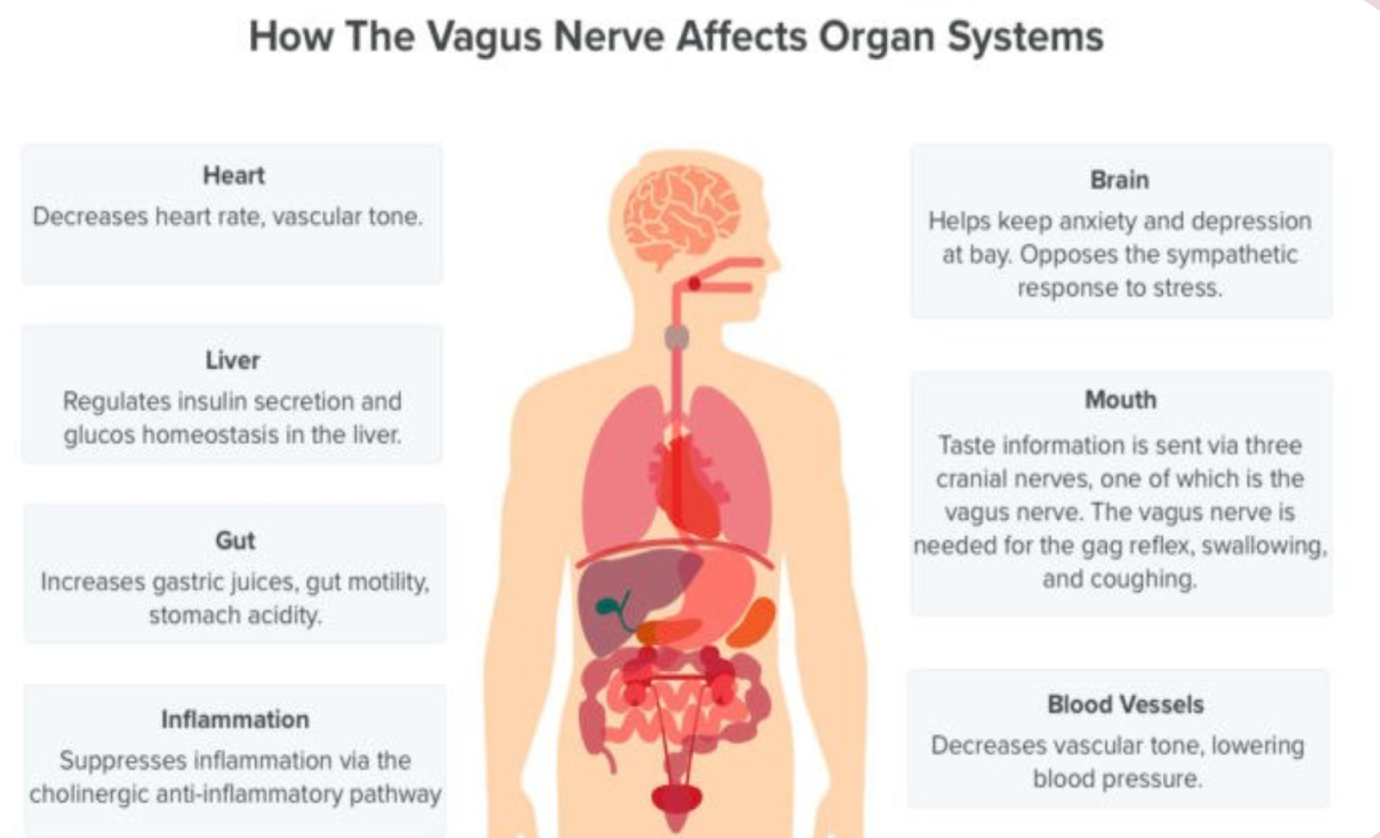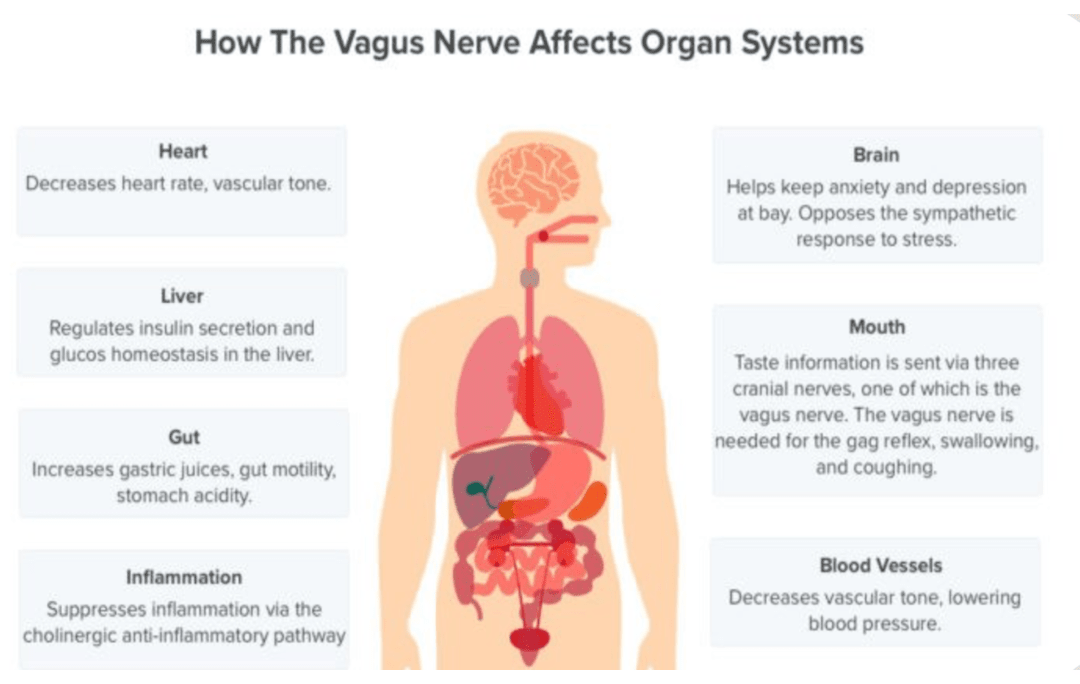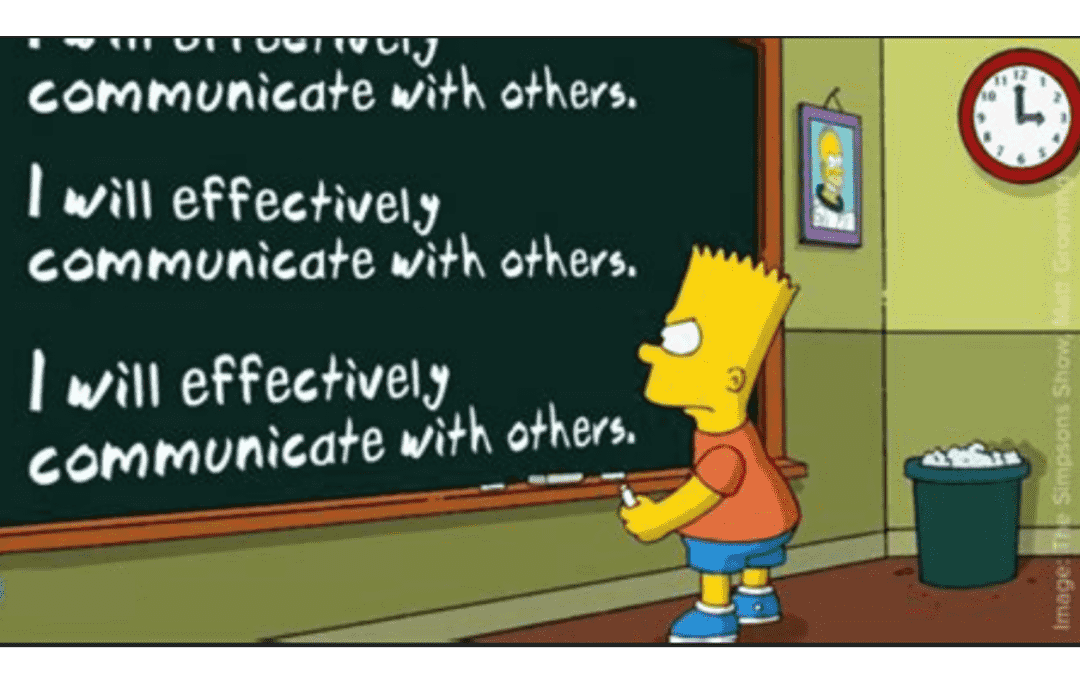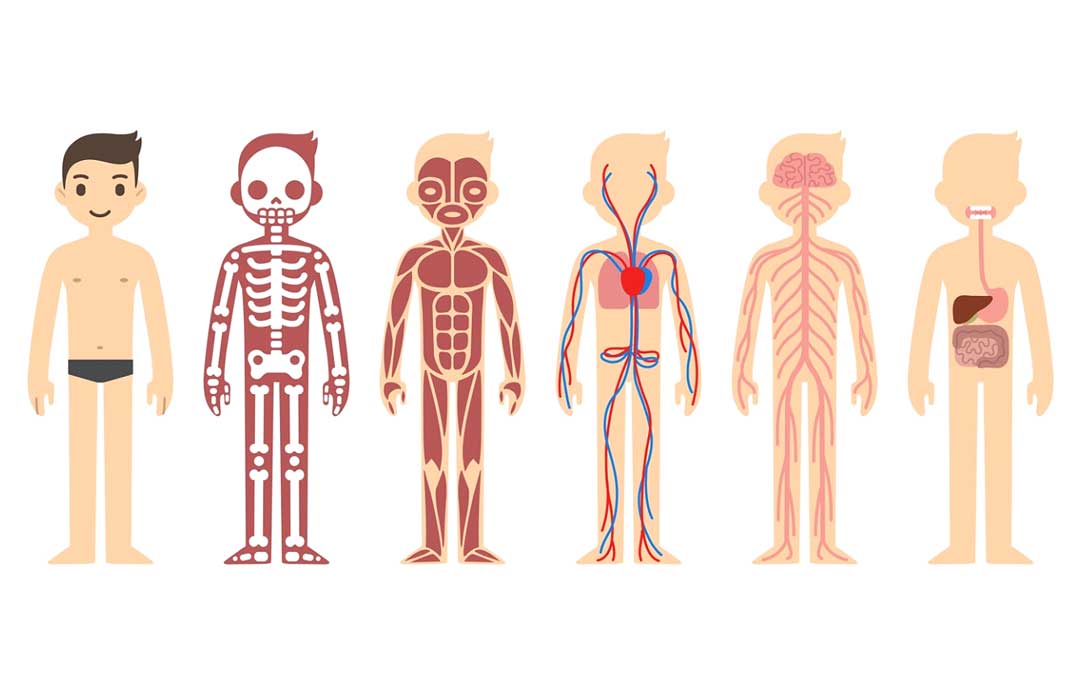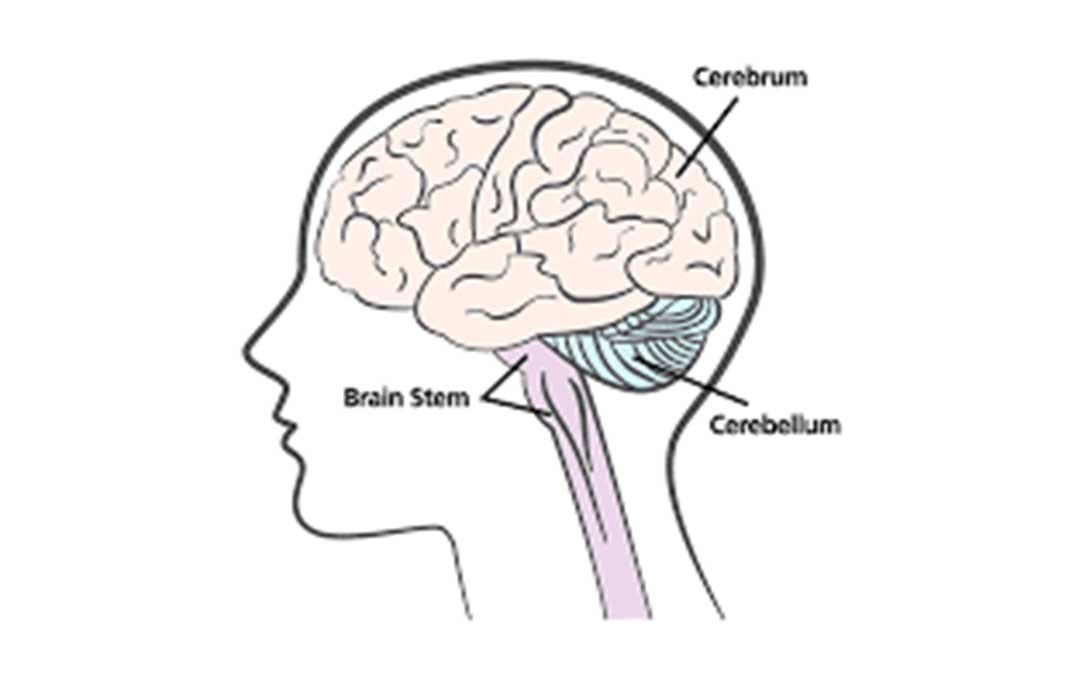Understanding Your Vagal Tone
Over the last few decades, contemporary neuroscience has uncovered pathbreaking insights about the mind, brain, and consciousness. Dr Porges articulation of the Poly Vagal System remains one of the dominant models today in understanding how intricate and layered our autonomic nervous system is. The smooth functioning of the 10th cranial or Vagus nerve is crucial for our emotional, digestive, and neurological health.
The Vagus nerve provides a bidirectional pathway connecting the gut-brain axis and is a powerful reiteration of how the bodymind is an integrated system. We understand how well the Vagus nerve functions by evaluating our Vagal tone. Positively stimulating one’s Vagal tone is vital for enhanced therapeutic outcomes ranging from trauma, IBS, anxiety, ADHD, depression, heart disease, auto-immune disorders etc.
While we can all deploy some general points of observation and a plethora of practices, it is essential to find out what stimulates explicitly one’s vagal tone. From an Ayurvedic standpoint, we all have different psychological and physical constitutions based on our doshas; hence, one size does not fit all.
For instance, individuals with hyperactive attentional disorders respond well to restorative breathing practices, while some trauma survivors might find those practices re-traumatizing and activating. The key to uncovering what is effective lies in heightening one’s capacity to be receptive to one’s subjective experience from moment to moment, in other words enhancing interoception.
In my online holistic psychotherapy sessions, I spend much time with my clients focusing on their felt sense, subtle bio-energetic shifts, mood changes, micro-expressions and sensory-motor feelings and movements. As clients improve their powers of self-observation to track subconscious phenomena, their capacities for emotional regulation, self-soothing, interpersonal skills and mindfulness get to higher functioning. Ultimately empowering them with more choice and control over their responses and interactions with the world.
